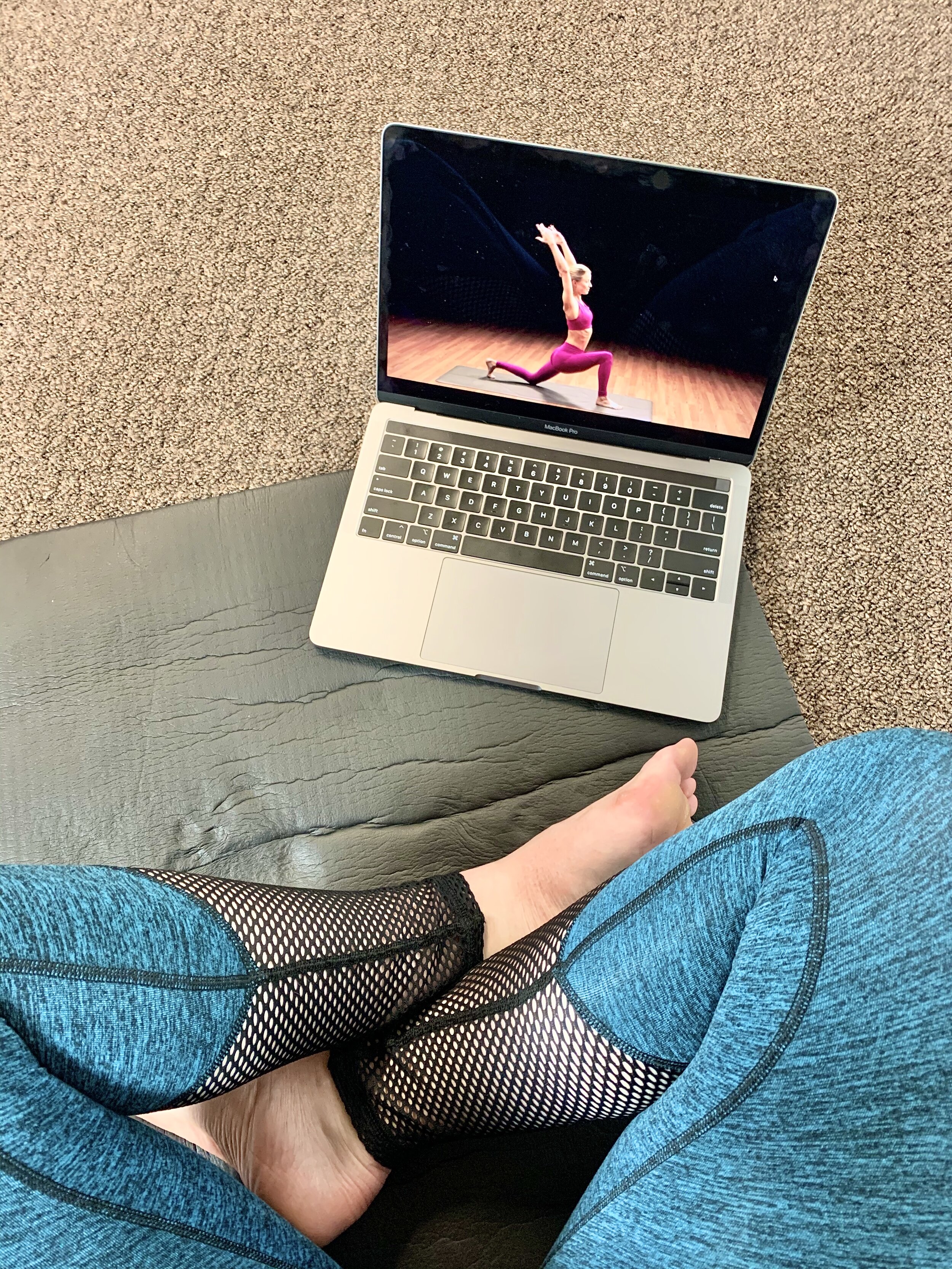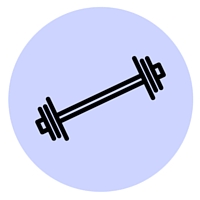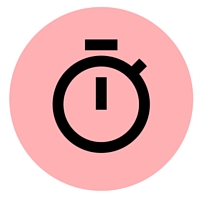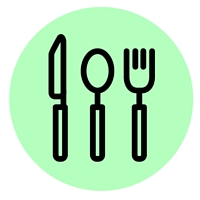Spotlight On: Openfit
/Web- and app-based fitness is all around us. It seems like everywhere you turn, there’s a new way to access some type of workout online in the privacy of your own home. And guess what - that’s not a bad thing! I recently got the chance to try a new-to-me app called Openfit, and let’s just say it’s become my go-to for doing yoga recently. I’m terrible at yoga, I’m not flexible whatsoever, and I just can’t seem to bring myself to go to a yoga class on a consistent basis. Enter: Openfit… where I can do guided yoga in the privacy of my own basement.
What Is Openfit?
Openfit is an online workout platform that provides both live and on-demand workouts of all types: HIIT, yoga, cardio, strength training, with equipment, without equipment, etc. All workouts are accessible through their website and the app, making it a really convenient option since you can use a TV, a computer/laptop, your iPad or phone, etc. to view them. They have 6 different signature programs, each with pre-recorded options or live class times that you can register for. Each format has multiple classes within it, and most of them are designed so that you follow a program for a few weeks/months to see it through (as opposed to just a one-off workout).
Xtend Barre
A mix of Pilates and ballet-inspired movements to lengthen and build muscle.
TIme: 30 minutes
Equipment: mat, pilates barre
XB Pilates
A mix of mat and reformer-inspired Pilates movements to build a stronger core.
Time: 30 minutes or less
Equipment: mat
Rough Around The Edges
Martial arts inspired high intensity workouts led by professional stuntwomen.
Time: 30 or 40 minutes
Equipment: bodyweight, dumbbells
Tough Mudder T-Minus 30
This is a 30-day training program designed to prepare your mind and body for a Tough Mudder obstacle course. Think endurance and conditioning workouts tailored for the obstacles you’ll face in the course.
Time: 30 minutes or less
Equipment: bodyweight, dumbbells, pull up bar
600 Seconds
A series of 10-minute workouts divided by muscle group (e.g., 600 Seconds of Upper Body, 600 Seconds of Core, 600 Seconds of Cardio, etc.)
Time: 10 minutes (600 seconds ;) )
Equipment: bodyweight, dumbbells, resistance bands, foam roller
Yoga 52
Mostly Vinyasa type yoga with a mix of Yin, broken up into levels (1 = beginner, 2 = intermediate, 3 = advanced).
Time: 30 or 45 minutes
Equipment: mat and yoga blocks if wanted
All workouts listed have live versions that you can attend (you simply register within the app or website for a time that’s listed), or watch recorded versions wherever is convenient. I’ve been doing the Yoga 52 in my basement at home, but some of these workouts would be great for in the gym if you need a little guidance or ideas for what to do.
It’s not just workouts, it’s also nutrition
We all know nutrition is a huge part of reaching our health and fitness goals, but you may not know where to start. Or maybe you’re in a rut trying to think up new and interesting recipes while still maintaining a healthy diet. Openfit offers a somewhat customized nutrition plan builder that can take the guesswork out of meal planning. They ask a series of questions about your goals and lifestyle habits, whether or not you have any dietary restrictions (and options to check off options), and they build a program from there. Of course this doesn’t take into account allergies or other medical conditions, but for the general population, it could be a good way to stay accountable. They also have a whole library of recipes to choose from, all of which sound delicious, so it could also be a good option for someone looking to spice up their meal plan.
Okay, but how much does it cost?
Yes, Openfit is a subscription-based app, but for the options you get, I don’t think it’s unreasonably priced. Right off the bat you get a 14-day free trial. From there you can choose one of three plans: $39/mo, $59/6-months, or $89/year (current intro offer). Obviously the 12-month plan is the best bang for your buck ($7.42/mo if you do the math)—and for what you get, that’s a STEAL!
My takeaway
This is a great app for someone who’s relatively self-motivated to work out on their own and just needs a little guidance on what to do/how to do it. I think this is a great option both for someone with a home gym/some basic equipment that wants to work out at home as well as someone who has a gym membership and just needs some good ideas for what to do. It would also make a great gift idea! Bottom line: if you can hold yourself accountable to actually USE it, take the plunge!
I’ll leave you with a link to a hyperlapsed video from my IG feed of my yoga flow following along with Yoga 52 (clearly I need to work on my flexibility!).
Readers: chat with me! Have you heard of Openfit before? Have you ever done app-based workouts like this? Is this something you’d be interested in? What’s everyone been up to lately??

















![[Terra Core Series] 30-Minute Upper Body + Cardio Tabata Challenge](https://images.squarespace-cdn.com/content/v1/53b084b0e4b01260143c2d2a/1499713376595-689D4KDZUQHHBY4S784V/Upper+Body+Cardio+title.jpg)

![[Terra Core Series] 15-Minute Plyometric EMOM Workout](https://images.squarespace-cdn.com/content/v1/53b084b0e4b01260143c2d2a/1494799480410-QCJ8841RVYT869W810AK/Terra+Core+Plyo+EMOM+Title.jpg)











![Strawberry Basil Smoothie + Green Blender Review [Part 1]](https://images.squarespace-cdn.com/content/v1/53b084b0e4b01260143c2d2a/1462322275731-410EB5YH74NYJ4LVA9DC/2016-05-02+17.19.00-2.jpg)
































